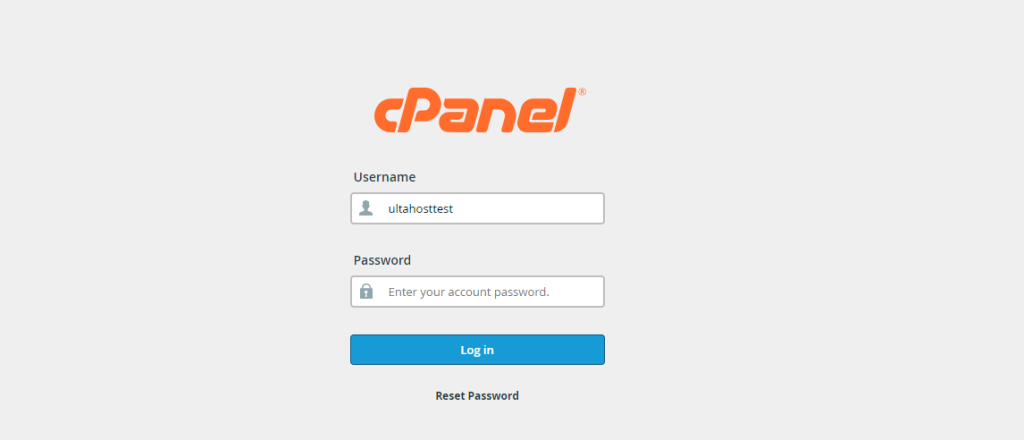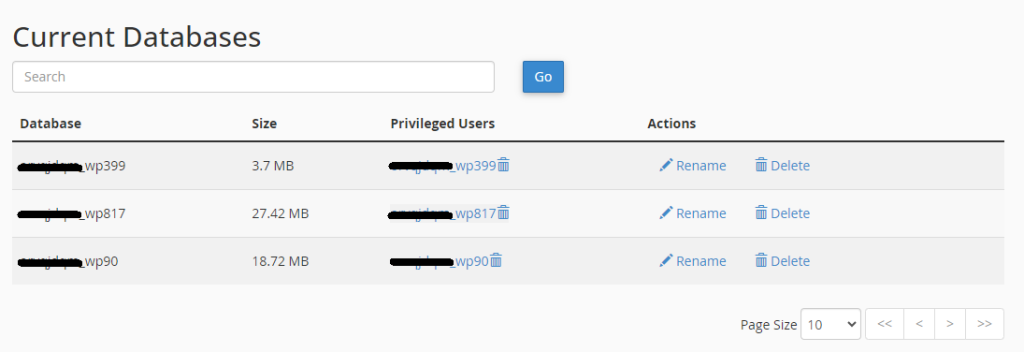How to Install PostgreSQL on Ubuntu
PostgreSQL or Postgres as it is known, is one of the mo...
Deleting a MySQL database and user from cPanel is important when you have migrated to a new system or maybe you are clearing out old unused data to keep your server clean and optimized. It is essential to follow the correct procedures to avoid data loss or security vulnerabilities.
In this post, we will cover you through the entire process from accessing your cPanel dashboard to identifying and deleting the right database and user.
cPanel is a widely used web hosting control panel that simplifies website management. MySQL, on the other hand, is a popular relational database management system. A MySQL user is an account that grants access to specific databases and tables. Together, they allow you to create, manage, and delete databases and users for your website.
Deleting unnecessary MySQL databases and users can have several benefits:
To get started log in to your cPanel account. Your web hosting provider usually provides the cPanel URL which typically looks like https://yourdomain.com/cpanel. Use your provided credentials to log in.

Once you are logged in, you will see a variety of icons and sections. Look for the “Databases” section and click on “Manage My Databases”. This section is where you manage your MySQL databases and users.

In the “Current Databases” section you will see a list of your existing databases.

To delete MySQL database cPanel, find the database you want to delete. Double-check to ensure you are deleting the right one because this action is irreversible.
Click on the “Delete” link next to the database name. cPanel will ask you to confirm your action. Confirm, and the database will be deleted.

Below the “Current Databases” section you will find the “Current Users” section.

Identify the user you want to remove. Again, make sure you are selecting the correct user.
Click on the “Delete” link next to the username. Confirm your action in the prompt that appears. This will remove MySQL user cPanel.
Fuel Up Your website with MySQL hosting today!
Is your website bogged down by a slow, unreliable database? Experience Ultahost blazing-fast speeds, and reliability, for management of MySQL databases.
Before deleting a user you might want to revoke their privileges from certain databases.
Scroll down to the “Add User to Database” section. Identify the user and the database to which they have been granted privileges.

Click “Delete” next to their privileges.
Following are some best practices while MySQL database deletion cPanel:
Also, Read How to Run SQL Queries in phpMyAdmin.
The following are the important considerations when deleting the MySQL database and user:
Deleting MySQL databases and users from cPanel is a straightforward process but it can be done carefully. Double check your selections to avoid accidental data loss. If you follow the above steps you will be able to clean up your databases and users easily.
Ready to take your database management to the next level? Dive deeper into the best cPanel VPS hosting with Ultahost. Whether you are a beginner or an experienced user our reliable solutions empower you to succeed. Explore our VPS hosting options today!
Go to cPanel, find “MySQL Databases,” and click “Delete” next to the database you want to remove.
Yes, in the “MySQL Databases” section, scroll down to “Current Users” and click “Delete” next to the user.
No, you must delete the database and the user separately in cPanel.
You need access to the cPanel account that controls the database to delete it.
The data in the deleted database will be lost, so make sure to double-check before deleting.
No, cPanel does not have a recovery option. You must restore from a backup if available.
Check the “MySQL Databases” page in cPanel. The deleted database and user should no longer appear.